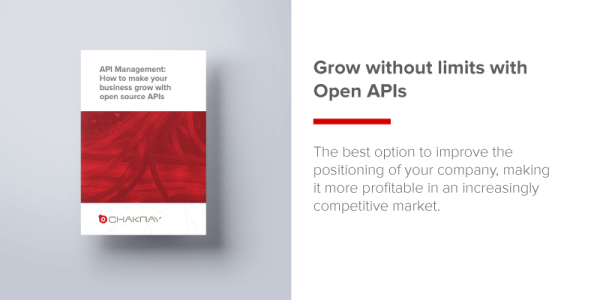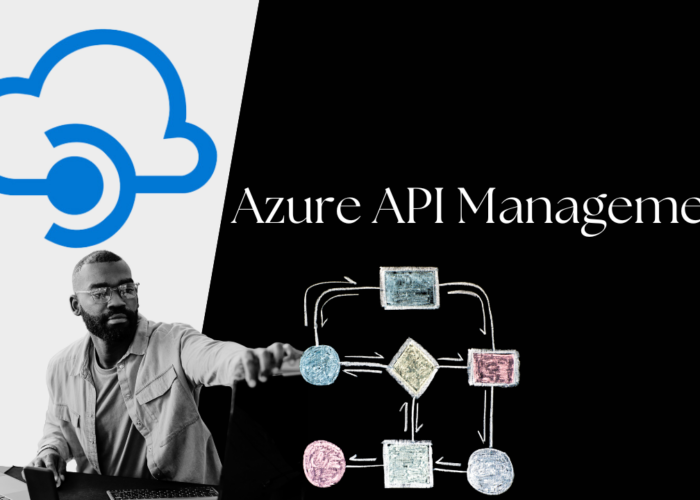With digital transformation, the organization of work through the creation of highly specialized independent teams, which provide independent microservices, allows for increased efficiency and improved workflows. However, this model represents a huge challenge for operators and staff dedicated to centralized security and control for API traffic flowing within the organization. This is where WSO2 API Microgateway comes in handy.
What is WSO2 API Microgateway?
WSO2 API Microgateway is an Open Source message proxy or processor for APIs that is used to ensure message security, transport security, routing and other common services related to the quality of API management services. Their use makes it possible to process incoming and outgoing messages while collecting the information needed to measure usage and data collection and filtering capabilities. WSO2 API Microgateway natively supports scaling in highly decentralized environments, including microservice architecture. This processor is also capable of operating in blocking environments such as IO devices, as connectivity from the Microgateway to the API management system is not mandatory.
WSO2 API Microgateway allows to reduce latency on the network and increase additional security, as it can run in a fully controlled environment with a selected set of APIs. The Micro gateway can run in a general data center, in the same server instance as the service implementation, or even on a local workstation.
What are the functions of WSO2 API Microgateway?
WSO2 API Microgateway natively supports container-based implementations, as it consumes fewer resources, which means it adapts to the architecture of microservices. When scalability is required, this operation can be done simply because of its design. Fixed gateways help create native cloud API management solutions, and simple, repeatable implementations using integration and continuous delivery are easier to perform. Because of these capabilities, server and node errors do not result in service outages.
WSO2 API Microgateway, unlike the traditional full API gateway, accelerates rapid development and allows users to easily run a set of selected APIs in a controlled environment in just seconds. For example, if rapid debugging is required in an API stream, the micro gateway can simply be configured on a local workstation, without the need for a full implementation.
On the other hand, we are talking about a solution with low resource consumption and high efficiency, since it is able to work with very little memory and CPU consumption. The enhancement of WSO2 API Microgateway by developers is simple, and no programming is required to configure and manage the processor, as it can be done using configurations or environment variables that can override the configurations. If necessary, microgateway management can be easily integrated with a container management system and automate the implementation process. Routing data traffic within the same network boundaries helps solve security and compliance issues. Consumer and producer traffic can be routed through a micro gateway that resides within the same network without the need for a cloud gateway.
-Maybe you are interested: What’s new in WSO2 Microgateway 3.0-
WSO2 Microgateway API and Analysis
When API traffic is routed through the API gateway, incoming and outgoing messages are read and processed asynchronously to generate usage data. This asynchronous process allows the gateway to process messages without adding an additional overhead to the API activation time. After extracting the required information from the messages, the processor will publish it in specific streams and eventually write it to a file system.
WSO2 API Microgateway is configured in such a way that it is able to read, on a regular basis, these usage data files, as well as to send them to the central analytical node of the API management system as a compressed file stream. Because of this, the analysis node can read these files and summarize them in the usual way. From that point on, the analysis process has no difference in the micro gateway scenario with respect to the default synapse-based gateway.








